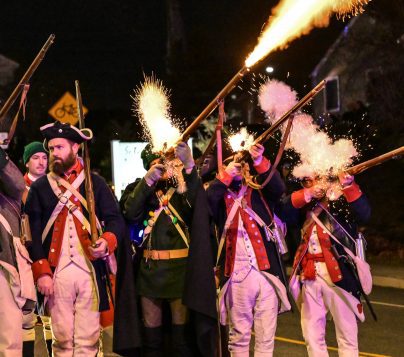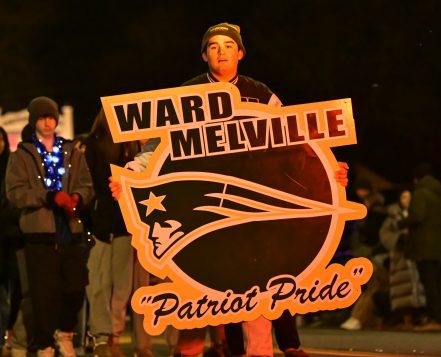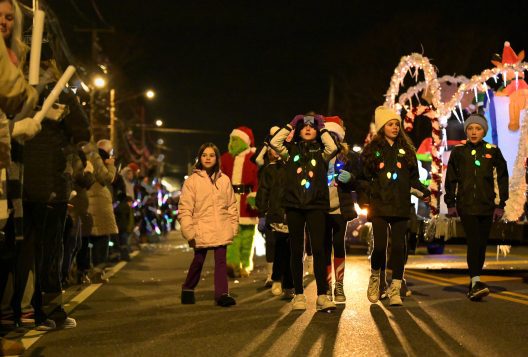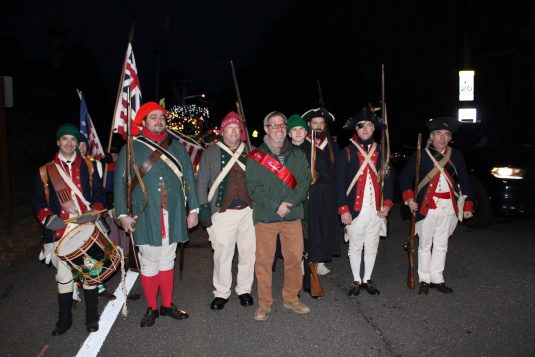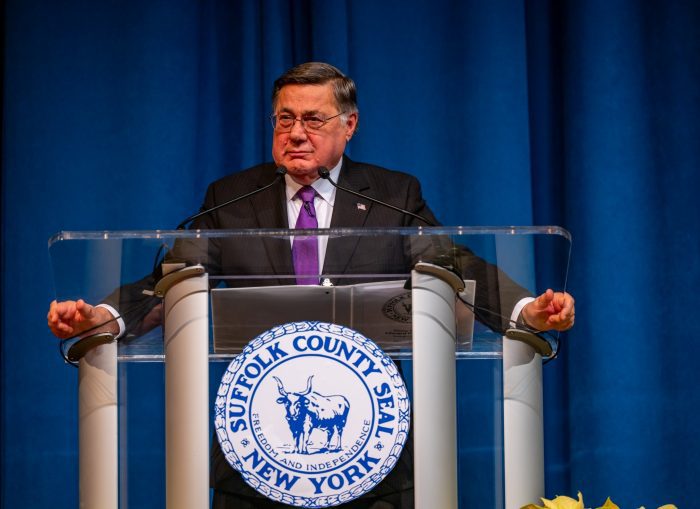By Daniel Dunaief
Take small, manageable steps towards a healthier life in 2025.
That, among other things, is the advice of area doctors as residents transition from purchasing presents and making meals to writing lists of New Year’s resolutions about their mental and physical health.
“Scale down what you want to do to make it feasible,” said Dr. Raja Jaber, Medical Director of Lifestyle Programs at Stony Brook Medicine. “Don’t say you want to lose 50 pounds. It’s not going to happen. Do it step by step. Choose one or two things you want to change.”
Indeed, several local health care professionals urged people to consider setting goals that are not only achievable but can also offer residents the belief that they can continue building on their successes.
Creating smaller goals can help people “see successes more quickly and build up confidence in meeting those goals,” said Dr. Adam Gonzalez, Vice Chair of Behavioral Health and a psychologist at Stony Brook Medicine.
Gonzalez urged people to practice a relaxation response daily, where they focus on their breath, a positive image, or a word or a phrase.
For Gonzalez, the words that he uses are “persistence” and “perseverance,” which offer him encouragement to believe that things can and will get better.
Doctor visits
People who haven’t seen their doctors in a while, particularly parents who are more focused on the health of their children than on their own physical and mental health, should take the time to see a general practitioner and, if necessary, specialists.
Annual physicals provide doctors and their patients with the kinds of information that provide a baseline for how the body as a whole and specific organs like the heart, liver, and kidneys, are doing.

In some households, mothers dismiss any concerns about their own health, as they focus on their children, their spouse and extended family.
“They put their health last,” said Dr. Erika Kalabacas, a primary care doctor with Northwell Health Physician Partners in Huntington. “They should not be pushing everything off. They should be putting themselves first. If they feel well and are healthy, they can help those around them.”
Staples of good health include eating well, with reduces processed foods, exercising, staying hydrated, getting sunlight, which provides vitamin D, sleeping seven to eight hours and reducing stress, Kalabacas said.
Researchers have been studying what kind of exercise and diets might work for men and women.
While intermittent fasting can help women to some degree, it is not as effective as it is for men.
It’s better, Kalabacas suggested, for women to eat breakfast as a part of three balanced and nutritious meals each day, than to skip meals in the morning.
“I tell all my patients, the two biggest things you can do to help yourself, are to reduce alcohol intake and to eat breakfast,” she said.
Skipping breakfast often comes back to haunt people later in the day, as they binge eat foods later at night that can cause heartburn and affect their sleep.
In addition to caring for her patient’s physical health, Kalabacas and her partners ask questions through a PHQ-9, or Patient Health Questionnaire, which offers indications of depression.
Kalabacas has a therapist in her office, to whom she refers patients who need help with psychological issues.
Be kind to yourself
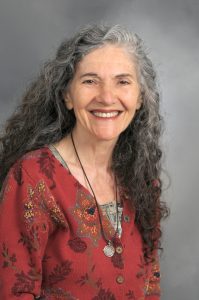
Jaber suggested that people be “gentle and kind” to themselves as they set goals for the new year, without feeling the need to judge themselves constantly.
Setting a goal of only eating healthy more often than not leads to failure and disappointment.
“Being 100 percent super committed to healthy choices is so impossible to follow,” said Jaber. “That’s how people fail.”
When residents resolve never to eat sweets again, they wind up succeeding for a while and then binge. Controlling a diet requires eating a smaller piece of cake and savoring every bite, she suggested.
Becoming healthier can start by working with a supportive group who can offer encouragement.
As people age, Jaber suggested that physical fitness is the “key to longevity” or to preventing disease.
Healthier lives often start by building in specific times when people can focus on their mental health, through mindfulness exercises, or physical health, by exercising.
Mind-body connection
Doctors recognize the connection between the health of our bodies and minds.
“We know our mental and physical health are directly connected and impact one another,” Gonzalez said.
The Stony Brook psychologist urged people to make genuine social connections and engage in healthy and enjoyable activities.
“We take for granted some of these strategies that we think everyone knows,” Gonzalez said. “We might not actually be putting them into practice.”
Citing decades of research on the health benefits of the relaxation response, Gonzalez urged people to listen to an album that brings them joy, watch a funny movie, take a hot bath with a lit candle, or any of an array of actions that improve their mental health.
Some residents may also need to connect with a health professional.
Gonzalez pointed to gold-medal winners such as gymnast Simone Biles and swimmer Michael Phelps, who have shared their mental health struggles and their ways of coping with them.
Practicing relaxation response helped these athletes regulate their emotions and control their mental state before engaging in competition.
Amid uncertainty around the globe and anxiety about the future, residents can benefit from focusing on their self care and their connectedness to people around them.
“We can control our presence in the community,” Gonzalez said.






















